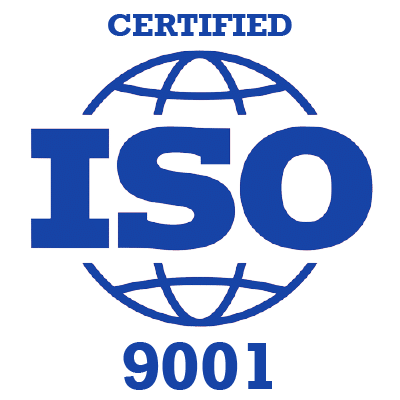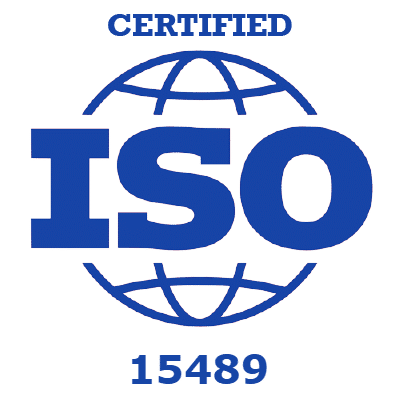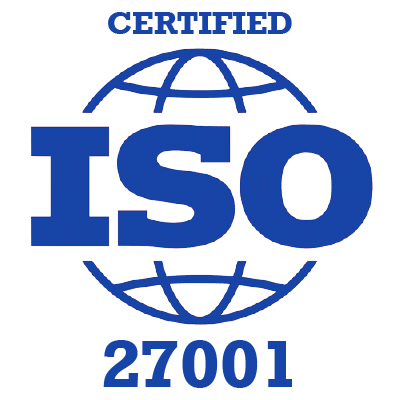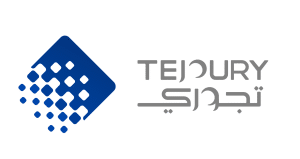The Importance of Setting the Right Depreciation Period for Each Asset in an Organization
Depreciation is the process of allocating the cost of a long-lived asset over its useful life. It is an important accounting concept because it helps to accurately reflect the value of an asset on a company’s balance sheet.
The right depreciation for each asset is important because it can affect a company’s financial statements in a number of ways. For example, if an asset is depreciated too slowly, the company’s assets will be overstated on its balance sheet, and its income will be understated on its income statement. This can lead to inaccurate financial reporting, which can make it difficult for investors and creditors to make informed decisions about the company.
On the other hand, if an asset is depreciated too quickly, the company’s assets will be understated on its balance sheet, and its income will be overstated on its income statement. This can also lead to inaccurate financial reporting, which can have a negative impact on the company’s financial health.
There are a number of factors that companies should consider when setting the right depreciation for each asset. These factors include the asset’s cost, its useful life, and its salvage value.
The cost of an asset is the amount of money that the company paid to acquire it. The useful life of an asset is the number of years that the company expects to use it. The salvage value of an asset is the amount of money that the company expects to receive when it sells the asset at the end of its useful life.
Once a company has considered all of these factors, it can then use a depreciation method to allocate the cost of the asset over its useful life. There are a number of different depreciation methods that companies can use, but the most common method is the straight-line method.
The straight-line method allocates the cost of an asset evenly over its useful life. For example, if an asset has a cost of $100,000 and a useful life of 10 years, the company would depreciate the asset $10,000 per year.
There are a number of other depreciation methods that companies can use, but the straight-line method is the most common because it is simple to understand and apply.
The Importance of Fixed Asset Management
Fixed asset management is the process of tracking and managing a company’s fixed assets. Fixed assets are assets that have a long useful life, such as buildings, equipment, and vehicles.
Fixed asset management is important for a number of reasons. First, it helps to ensure that the company’s fixed assets are properly maintained and used. Second, it helps to track the cost of fixed assets over time. Third, it helps to ensure that the company is in compliance with accounting and tax regulations.
There are a number of different ways to manage fixed assets. One common way is to use a fixed asset register. A fixed asset register is a list of all of a company’s fixed assets. The register should include the asset’s name, purchase date, cost, useful life, and current location.
Another common way to manage fixed assets is to use a fixed asset management software system. Fixed asset management software systems can help companies to track the cost of fixed assets, maintain fixed assets, and comply with accounting and tax regulations.
Fixed asset management is an important part of financial management. By properly managing their fixed assets, companies can improve their financial health and make better decisions about the future
Request Your Quote




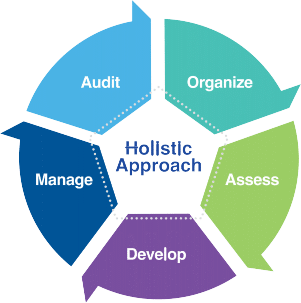
Our Certifications
